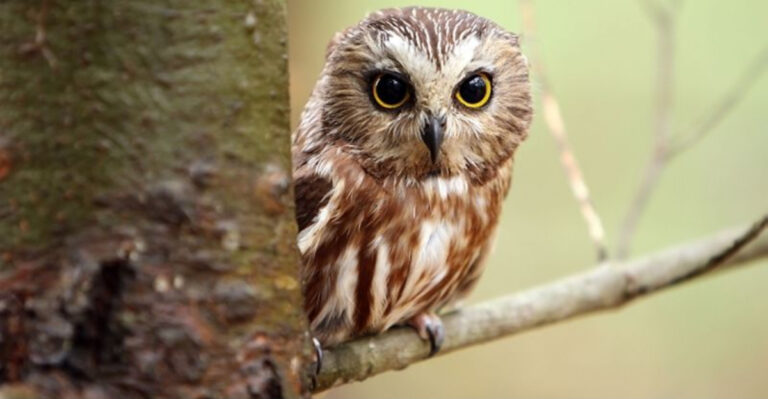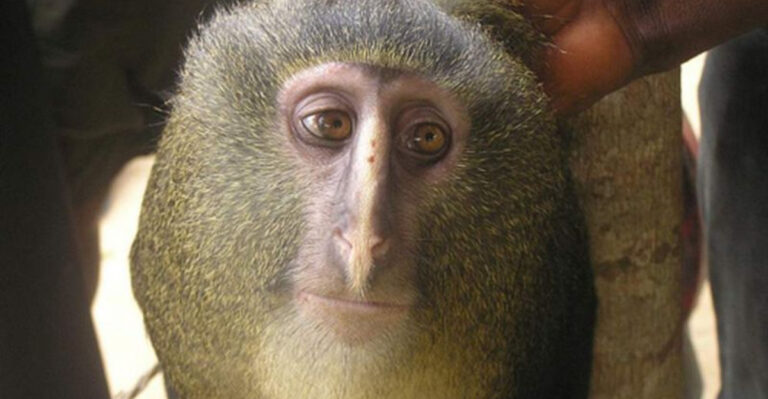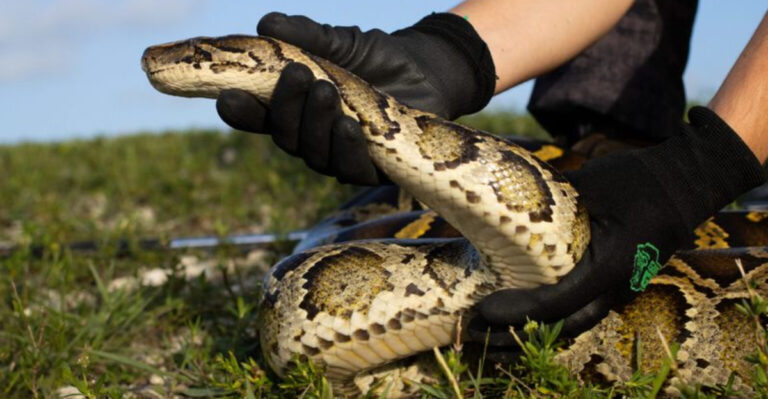15 Wild Creatures That Are Seriously Misunderstood
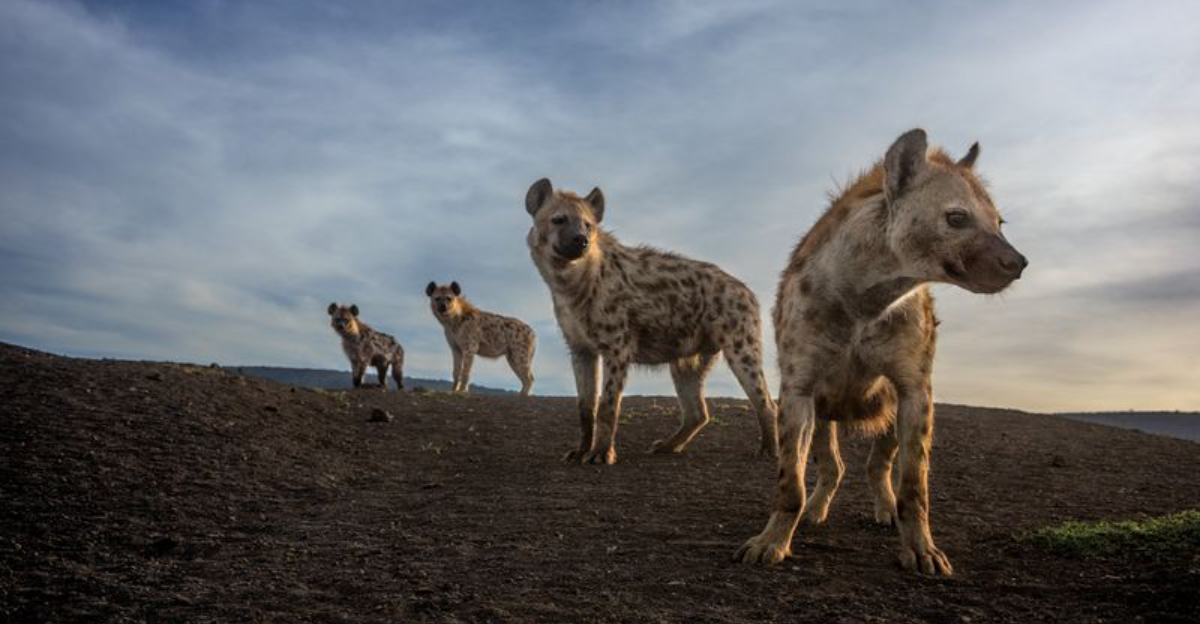
When it comes to wildlife, we humans have a knack for getting things wrong. From scary movie portrayals to old wives’ tales, certain animals have gotten a seriously bad rap.
The truth about these creatures is often wildly different from what we’ve been led to believe.
Let’s set the record straight about these fascinating animals that deserve a second look.
1. Gliding Through Misconceptions: Sharks
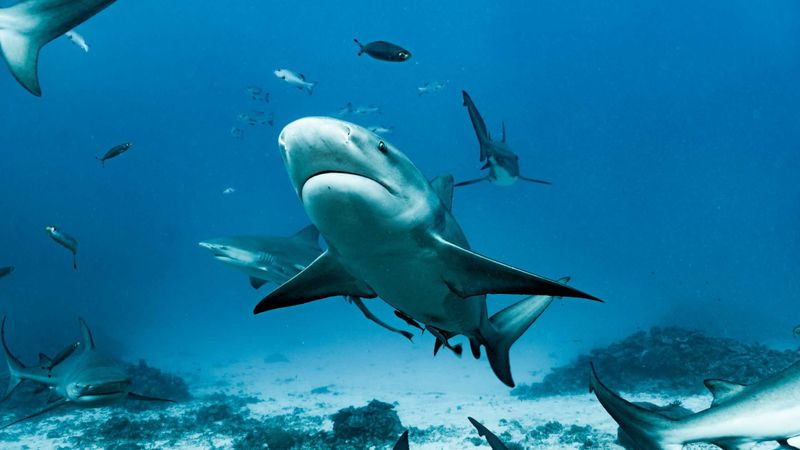
Forget the ‘Jaws’ soundtrack. These ocean dwellers are more like curious neighbors than merciless hunters. Most species would rather investigate than attack.
Humans harm around 100 million sharks annually, while sharks are responsible for about six human fatalities worldwide. Talk about an unfair reputation!
2. Eight Arms To Embrace: Octopuses
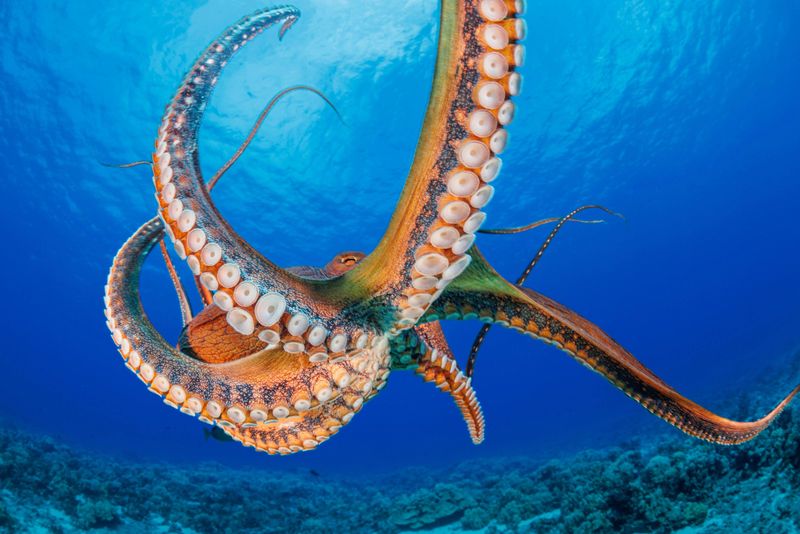
Smart enough to open jars and solve puzzles, these tentacled marvels possess intelligence rivaling some mammals. Their problem-solving abilities would impress even the toughest teachers.
Each arm has its own ‘brain,’ allowing independent movement and decision-making. Far from monsters, they’re more like underwater geniuses with a flair for camouflage.
3. Soaring Beyond Superstition: Bats
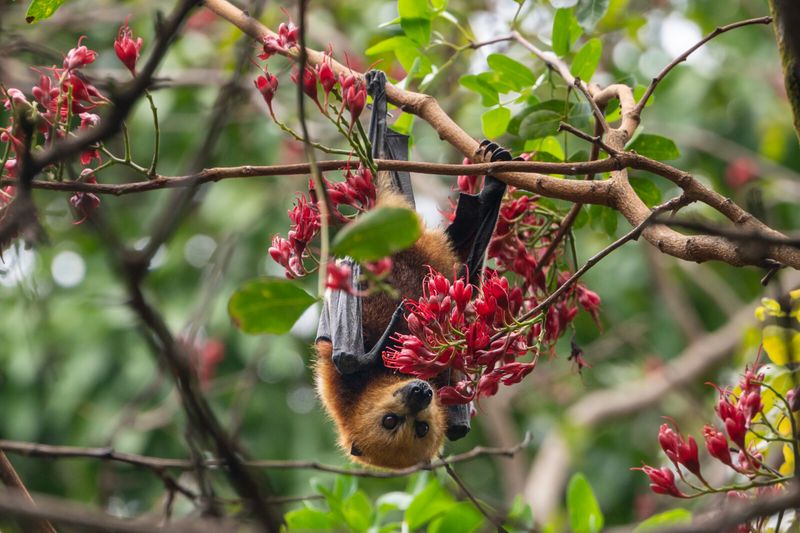
Blind? Hair-tangling fiends? Vampire wannabes? Nope, nope, and mostly nope! These night flyers actually have excellent vision and couldn’t care less about your hairdo.
Only three species out of 1,400+ actually drink blood, and even those prefer livestock to people. Meanwhile, most bats gobble up pesky insects or spread seeds that grow new forests.
4. Slithering Past Fears: Snakes
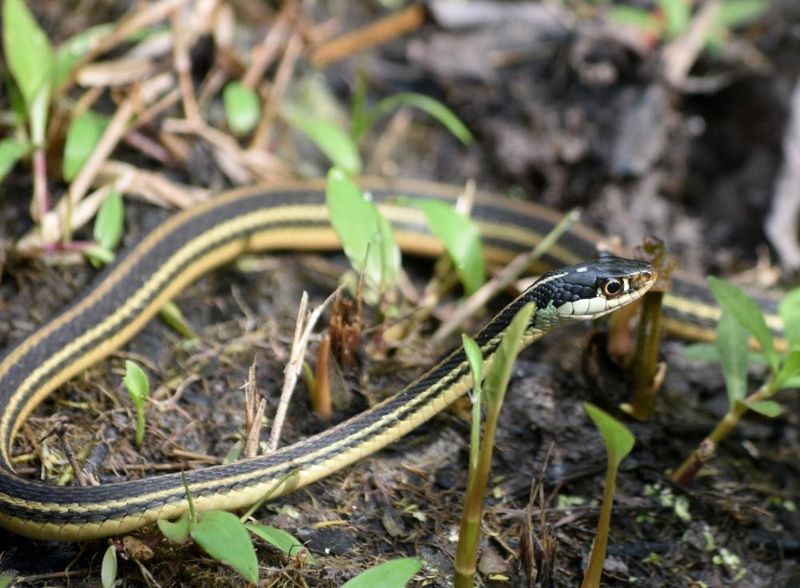
Cold-blooded doesn’t mean cold-hearted! These reptiles aren’t plotting against you – they’re just trying to warm up in the sun and find dinner.
Out of 3,000+ snake species worldwide, only about 200 can harm humans. Most would rather slither away than strike. Plus, their venom is helping scientists create life-saving medications!
5. Howling For Understanding: Wolves
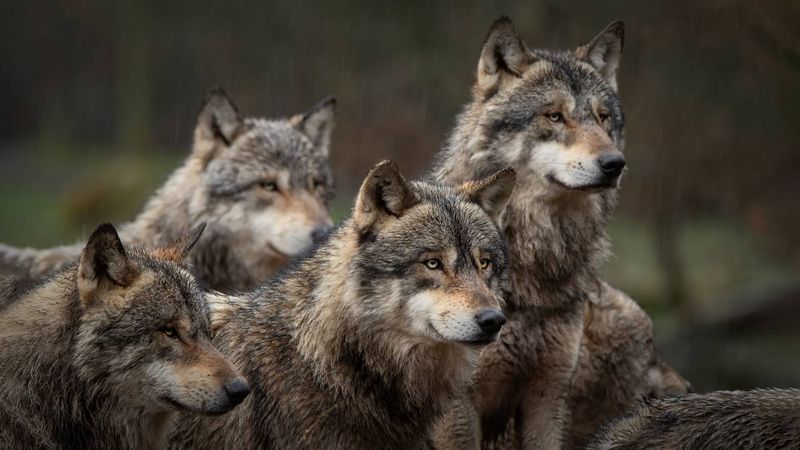
Fairy tales got it all wrong about these family-oriented canines. Wolf packs are actually just extended families – mom, dad, and their grown-up kids.
Their howls aren’t scary signals of attack but complex communications about territory and pack location. These intelligent animals rarely approach humans and help maintain healthy ecosystems by controlling deer populations.
6. Buzzing Beyond Stereotypes: Bees
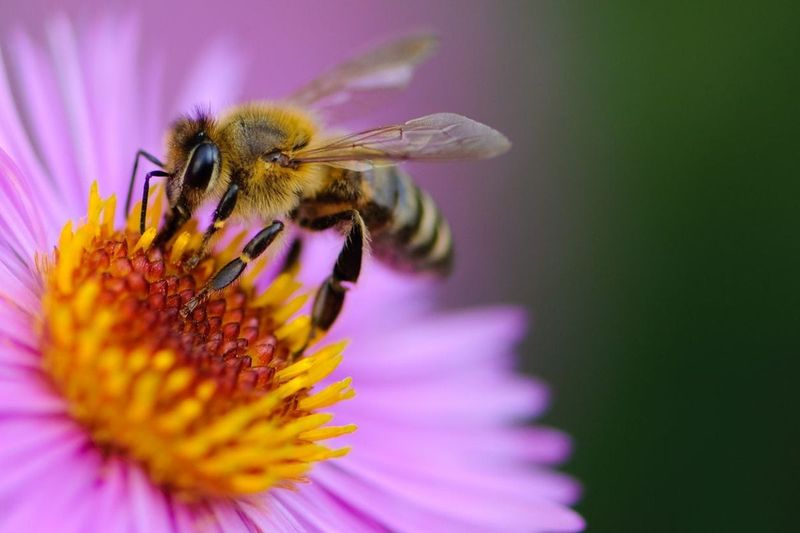
Rather than plotting to sting you, these fuzzy flyers are busy keeping our planet green. Without their pollination powers, we’d lose about one-third of our food supply!
Most bees won’t sting unless seriously threatened – it’s actually fatal for honeybees to sting humans. They’re essentially flying gardeners who prefer flowers to human interaction.
7. Webbing Through Myths: Spiders
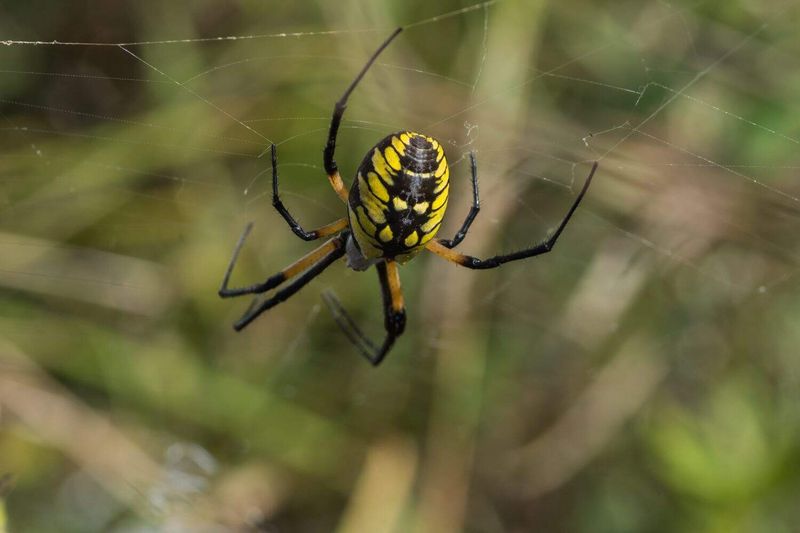
Tiny architects with impressive skills, spiders are nature’s pest control experts. They catch mosquitoes, flies, and other insects that spread disease.
Almost all house spiders couldn’t harm you if they tried – their fangs are too small or weak to penetrate human skin. These eight-legged wonders are actually shy roommates who help keep your home bug-free.
8. Lurking Beyond Legend: Alligators
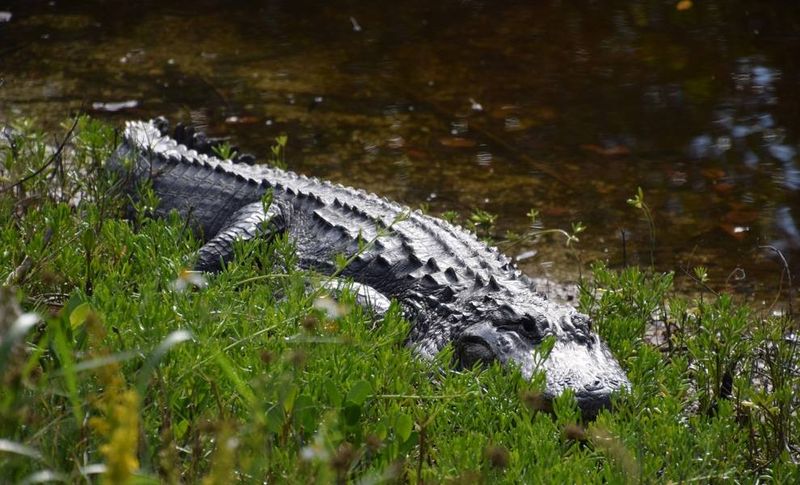
Surprisingly shy for their size, these ancient reptiles would rather sunbathe than chase humans. They’re actually quite lazy, spending up to 20 hours a day resting.
Caring parents too! Mama gators guard their nests fiercely and carry hatchlings gently in their fearsome jaws. Despite their prehistoric appearance, they’re more interested in fish than people.
9. Creeping Past Prejudice: Hyenas
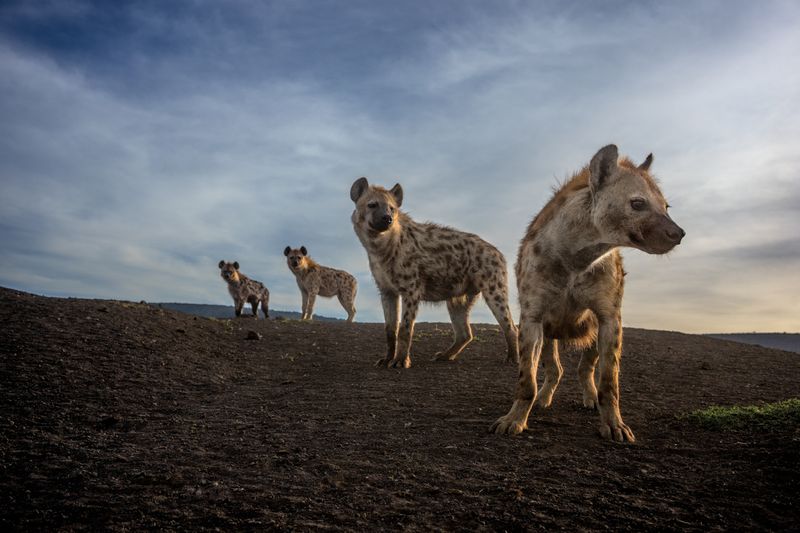
Thanks to The Lion King, these intelligent hunters were unfairly labeled as evil scavengers. In reality, they’re skilled hunters that work in coordinated groups and make their own captures.
Female hyenas lead their clans, making them one of the few mammal species with female leadership. Their infamous ‘laugh’ is actually a complex social communication system.m.
10. Scuttling Beyond Horror Movies: Rats
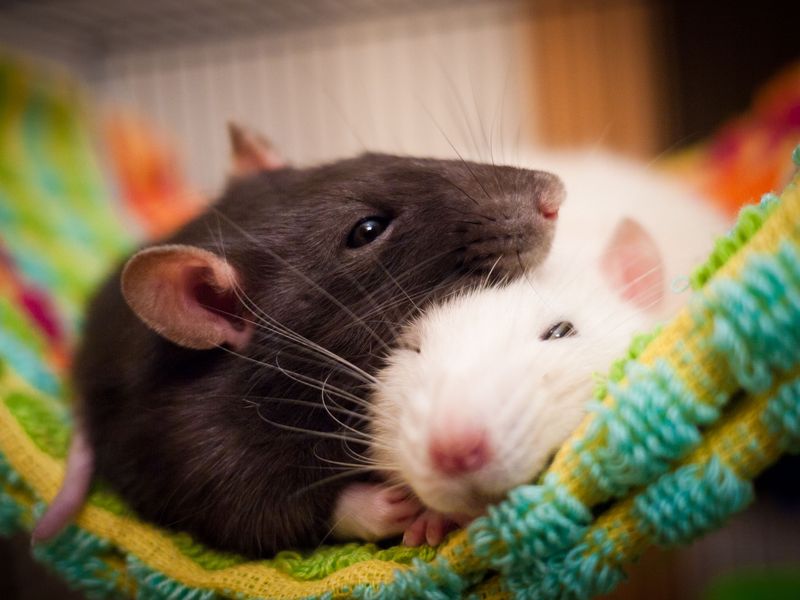
Forget the plague associations – today’s pet rats are clean, social, and surprisingly affectionate. They recognize their names, come when called, and even laugh when tickled!
With problem-solving skills that rival dogs, these pocket-sized geniuses can learn tricks and navigate complex mazes. Wild rats help ecosystems by dispersing seeds and cleaning up organic waste.
11. Swimming Against Stereotypes: Piranhas
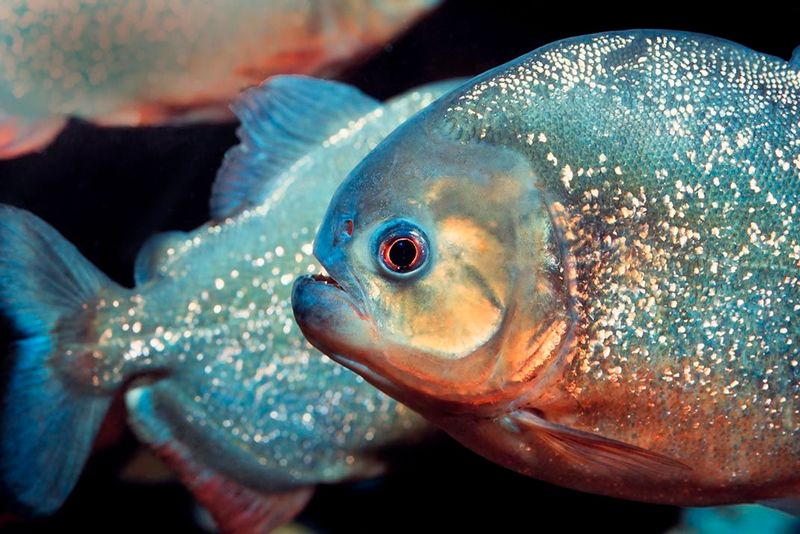
Hollywood painted them as water-dwelling demons, but real piranhas aren’t the mindless eating machines you’ve seen in movies. They’re actually quite skittish and swim away from large creatures like humans.
Most piranha species are omnivores or scavengers, happily munching on fruits and seeds that fall into the water. Their bad rap comes from rare feeding frenzies during extreme drought conditions.
12. Crawling Past Panic: Cockroaches
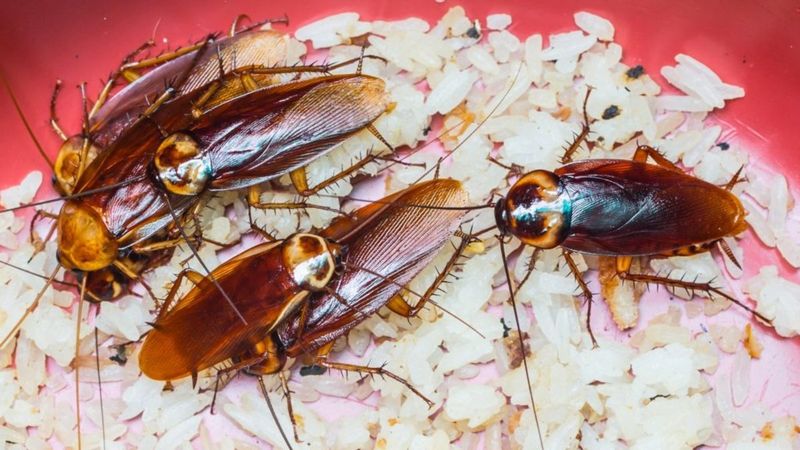
Nobody’s favorite houseguest, but these survivors deserve some respect. They’ve been around since dinosaur times and can live without their heads for weeks (they breathe through body holes)!
Constantly grooming themselves, cockroaches are actually quite clean insects. In nature, they’re important decomposers that recycle dead plant material and help create healthy soil.
13. Flapping Through Fiction: Vultures
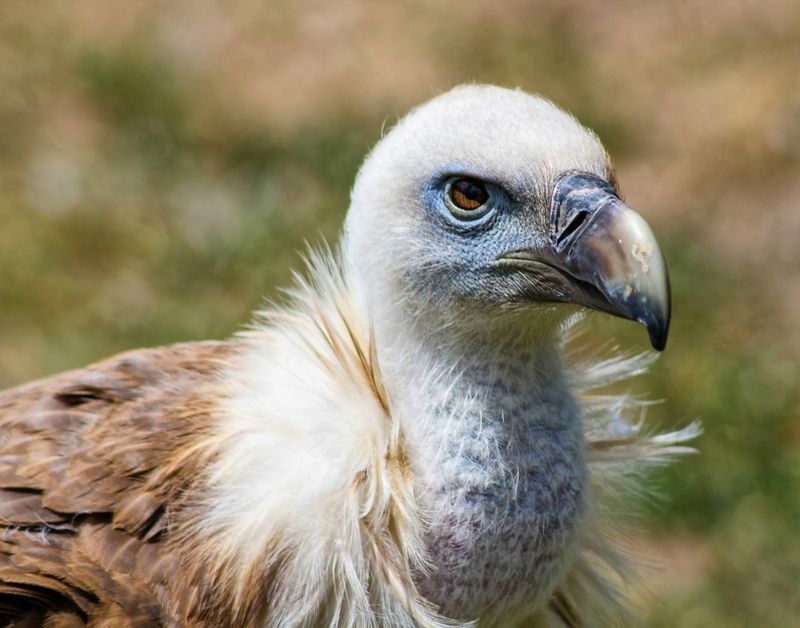
Nature’s cleanup crew gets no respect despite providing essential sanitation services. By consuming dead animals, vultures prevent the spread of diseases like anthrax, rabies, and tuberculosis.
Their bald heads aren’t ugly – they’re practical! No feathers means no bacteria-trapping when diving into carcasses. These misunderstood birds have powerful immune systems and stomach acid strong enough to kill cholera bacteria.
14. Wiggling Past Disgust: Earthworms
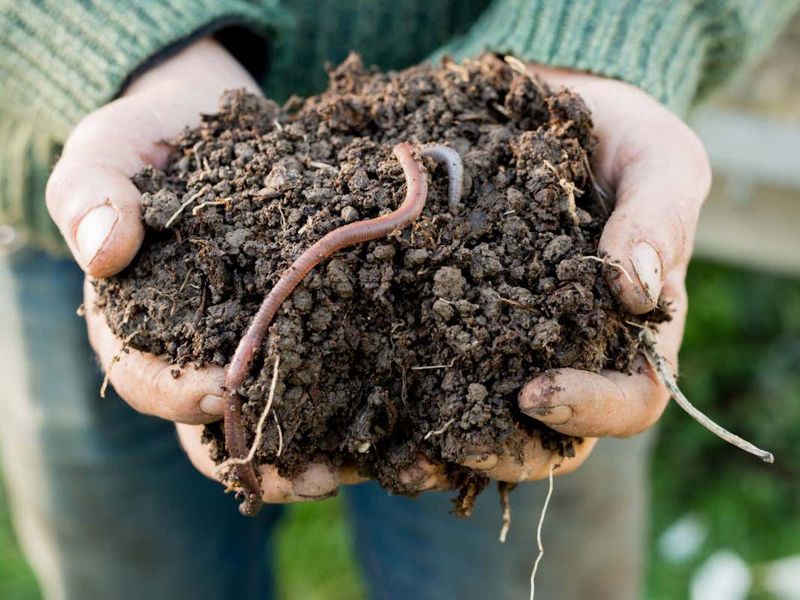
Slimy garden heroes that transform dead stuff into plant food! These underground engineers create tunnels that allow water and air to reach plant roots.
A single acre can host up to a million earthworms, collectively weighing more than all the larger animals on that same land.
15. Hopping Beyond Horror: Frogs
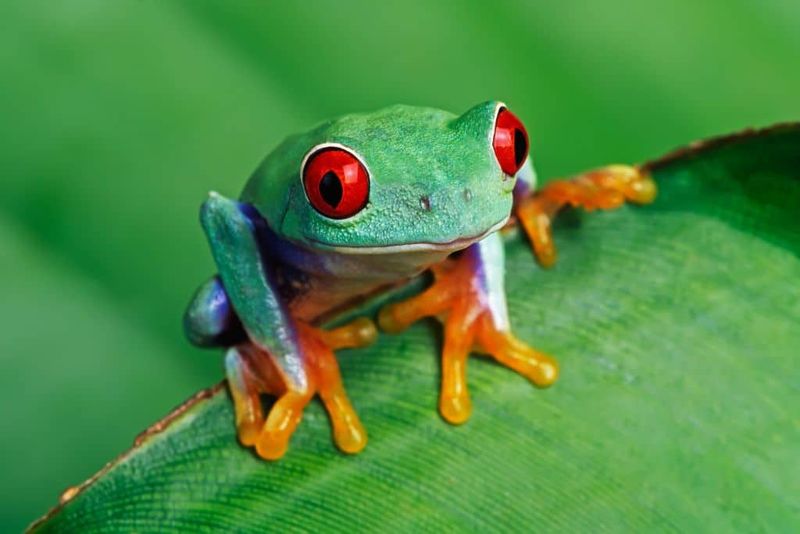
Contrary to old tales, touching frogs won’t give you warts (that’s a human virus). These amphibious alarm systems are actually environmental indicators – their sensitive skin reveals ecosystem health.
Scientists study their skin secretions for potential medicines. Some compounds show promise for pain relief and fighting antibiotic-resistant bacteria. Far from disgusting, frogs might hold keys to future medical breakthroughs!



